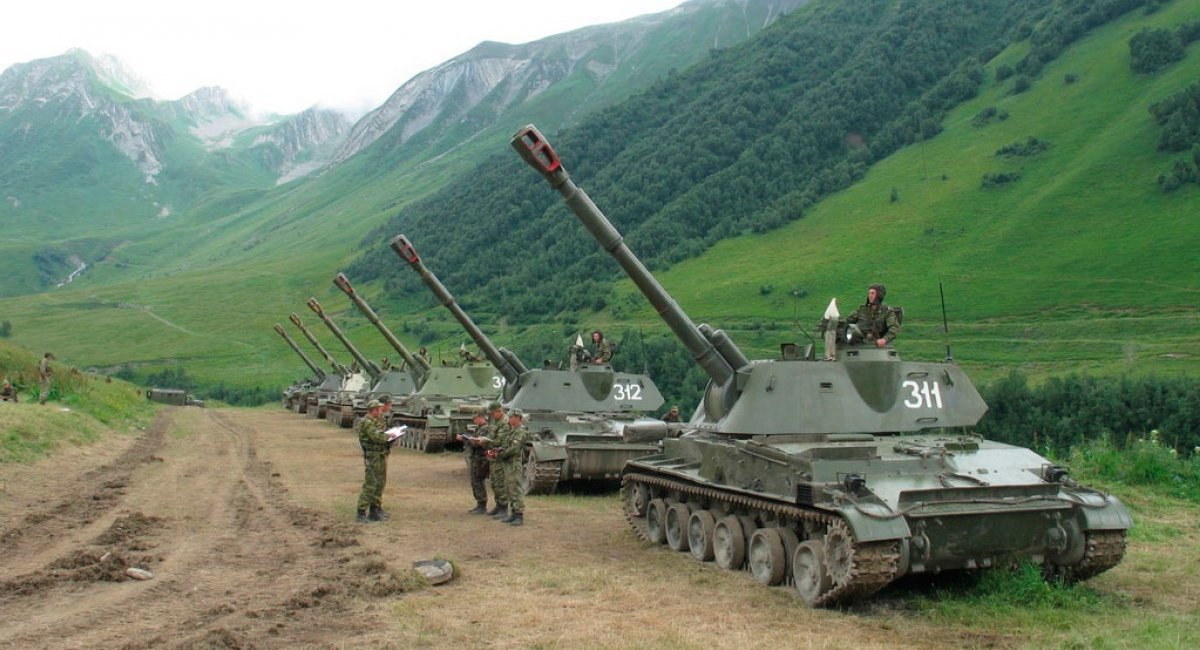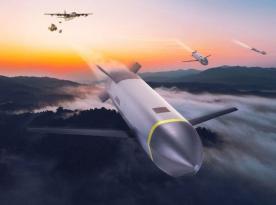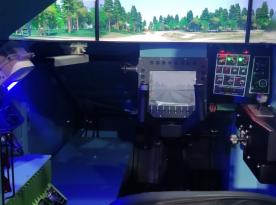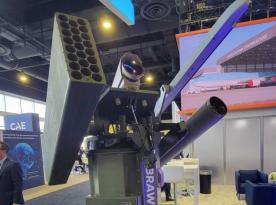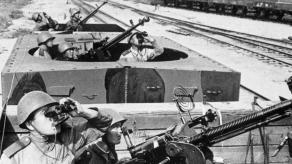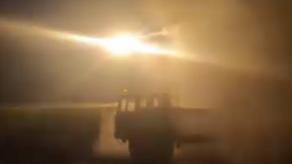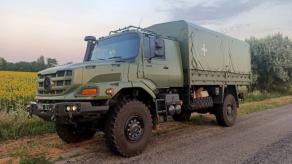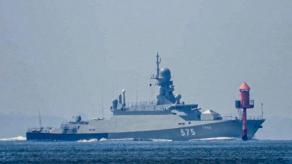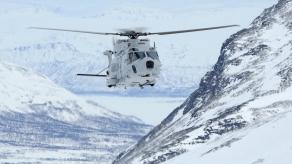In a previous publication, we explored how the Soviet Union compared the M109 SPG and the 2S3M Akatsiya, often declaring the Akatsiya superior while neglecting its shortcomings. Expanding on that, several modernization proposals for the 2S3 Akatsiya were made during the Soviet era, none of which were implemented.
According to materials from the btvt_2019 resource, in 1975, the Akatsiya’s developer, Design Bureau No. 3, proposed upgrades such as extending the barrel and increasing the firing rate to 5–6 rounds per minute. However, the Akatsiya’s design could not accommodate the additional weight. Lengthening the barrel by two meters raised the overall weight to over 27.5 tons, compromising chassis reliability.
Read more: AMX-10RC on the Battlefield in Ukraine: Improvised Self-Propelled Artillery Praised for Effectiveness Against Enemy Infantry
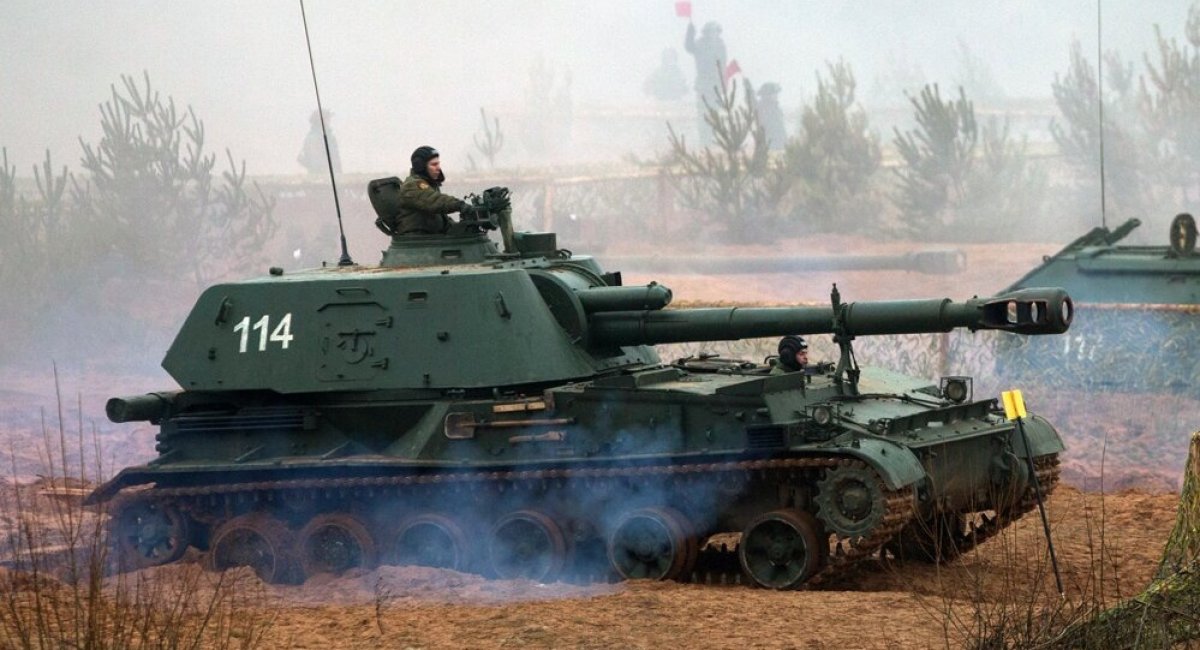
A potential solution involved lengthening the chassis, but without a new platform, this approach required 7–8 years, making the project impractical.
In 1977, discussions resumed, resulting in two proposed upgrade options:
- Option 303M2: Featuring the D-358 cannon, a redesigned turret, and an upgraded chassis, this option promised a firing range of 22 kilometers with the OF-540 shell and a firing rate of six rounds per minute.
- Option 303M3: Involving a 1,760-mm barrel extension, minimal modifications to the fighting compartment, and a turret repositioned toward the rear, this would have extended the firing range to 19.1 kilometers.
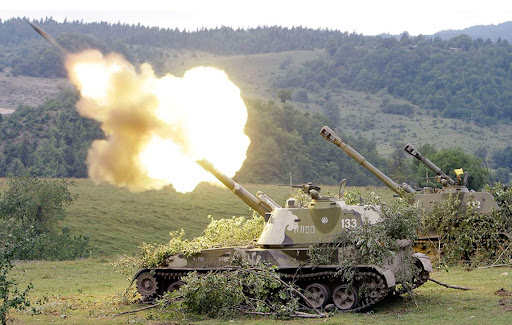
Both options were abandoned due to their complexity, essentially requiring the development of a new SPG. Ongoing work on the more advanced 2S19 Msta-S made further Akatsiya upgrades redundant.
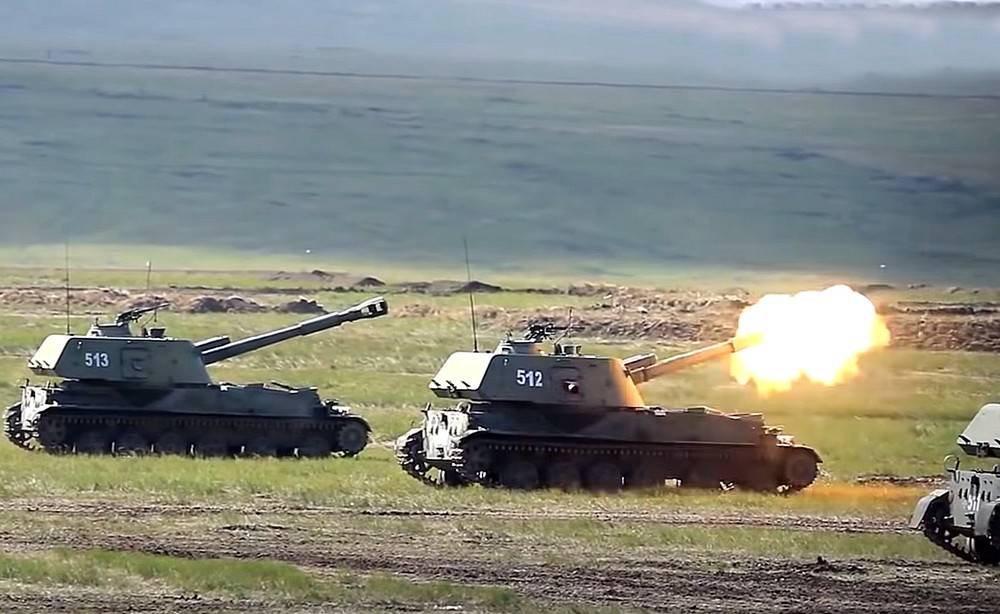
In 1985, Burevestnik Central Scientific Research Institute explored three more upgrade options:
- First Option: Extend the barrel by 1,760 mm, achieving a range of 18.9 km with the 3OF25 shell and 20.1 km with the high-explosive 3OF45 shell, without major structural changes.
- Second Option: Introduce the Vyyemka shell, capable of reaching 19.6 km, without modifying the design.
- Third Option: Remove the muzzle brake and extend the barrel by two meters, but the increased recoil required significant reinforcements, equating to building a new SPG.
None of these upgrades were realized, further highlighting the growing qualitative gap between Soviet and NATO artillery systems.
Read more: Ukrainian Assault Regiment Shows its Alakran Self-Propelled Mortar From Spain




